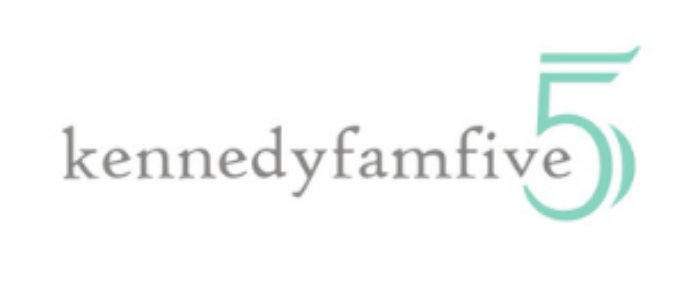I’ve been writing about what worked for us when our kids were babies. This was probably the most fun thing we did: Teach our babies some very basic sign language when they were just a few months old.
We don’t actually know sign language, other than the alphabet and the ones you learn in Bible school songs. But I guess I borrowed books from the library. (How did we figure things out before Google??) We taught our kids these four signs:
- hungry/more
- full/finished
- please
- thank you
And we started teaching them as soon as they started eating their first foods. How? Just as a natural part of each meal. As we were feeding them, and as they were doing that cute open-mouthed-I’m-still-hungry baby thing, we would sign and say, “more please” a couple of times during the meal. And we’d say, “You’re hungry? All right, here ya go!” (Sounds so cheesy, but that’s what you do when you’re cheering them on to learn something new, right?)
We’d also take their hands and help them make the sign while we said it. They thought it was fun. Parenting for the win.
When they emptied their serving (of cereal, for instance), we knew they’d eaten enough that we could feel good about the nutrition, but we let them dictate if they were finished or if they wanted more than usual if they were still hungry. So, we would just sign and say, “Full?”
When they’re tiny, they’re pretty much going on instinct, so it was obvious whether they were still hungry or not.
So we just followed their lead.
If they were disinterested, then we’d sign, full, and say something like, “all done.” And wipe that sweet face and whisk them off to whatever we were doing next. HK used to combine the two, and say, “All-done-finished!” which we thought was really cute. 🙂
On the other hand, if they were still sitting there, mouths wide, and about to fall over into their bowl to get some more, then we’d sign and say, “more please” and fix another few bites. With a smile on our face.
Because meal time was not about guilt. It wasn’t about “pleasing” mama and daddy by eating more or by eating less. It was about refueling your body with food and about enjoying the people around you. (Now if only I could teach myself that!)
This concept was kind of hugely important to me. And looking back, I can say that it was successful.
Of course, I’m sure that every meal wasn’t all happiness and sign language and cheer. But it was a real priority for me, and Derek was right on board {’cause he’s the best}.
Eventually, they just started signing either more or full, themselves. It happened when they were developmentally ready, not on any time table we set. And they did it long before they could talk. Which was the point.
I remember GK rubbing his tummy (“please”) and reaching for more mashed potatoes when he was just a baby. Such a cutie.
So my agenda, and oh did I have one, was obvious. I wanted them to eat for the reason of hunger and not for any emotional reason, to the extent that anyone can do that.
But we did have another goal in mind as well.
Kids want to express basic things from a very early age. Some things they can physically express, like hugging someone or pushing a toy away. That’s their way of saying something like, “I love you,” or, “I don’t want to play with that right now.” And it’s great to verbalize that for your babies; you’re giving them the words that they’ll soon start to speak themselves.
But think about what babies and toddlers tend to express more than anything else, in lots of situations: I like/want this and I don’t like/want that. Ergo, more and finished.
And how do they normally communicate these things? Usually with crying or grunting of some kind. Both are equally annoying, I have to say.
So, more and finished filled in for those things really well. They go through this stage quickly, but it’s great to give them a way to express to you their most common feelings, even before they know how to speak.
We thought it was great. And would do it again, without hesitation.
On a sidenote, HK’s planning to do her Senior research project on American Sign Language. Coincidence? I think not.
